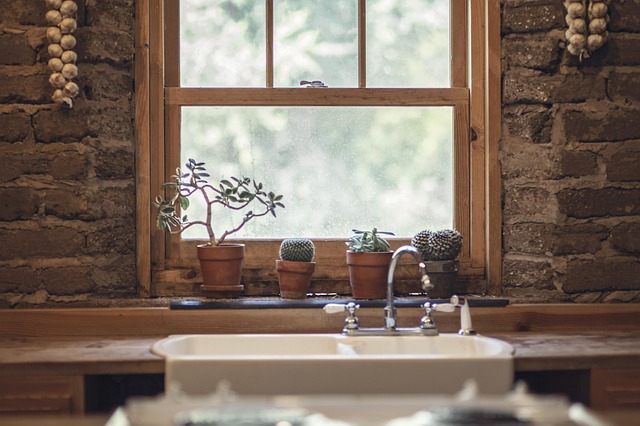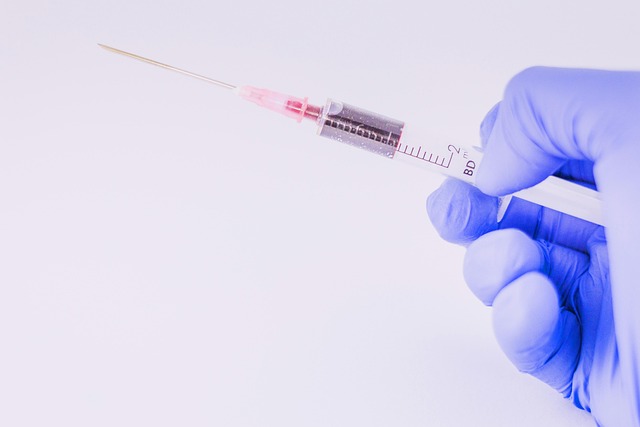Mold, a health hazard often overlooked, thrives in damp conditions and can hide behind walls or in hidden spaces. The best way to detect it is through regular visual inspections, checking for musty smells, moisture damage, or discolored patches. Landlords are legally obligated to maintain safe, habitable properties by proactively addressing mold issues. This involves annual inspections focusing on bathrooms, kitchens, and basements, prompt remediation of water leaks, good ventilation, and tenant education. Regular checks and immediate action upon suspicion ensure a healthy living environment for tenants.
“Uncovering the hidden threat: Do Landlords Owe a Duty to Test for Mold? This comprehensive guide delves into the legal responsibilities of property owners regarding mold testing. Understanding mold and its rapid growth in residential spaces is paramount. We explore best practices, from regular inspections to emergency assessments, revealing common hideouts for this insidious issue. Learn the most effective strategies for prevention, ensuring a healthy living environment. Discover the optimal methods to detect mold—the silent invader—and equip yourself with knowledge to safeguard tenants.”
- Understanding Mold and Its Growth in Properties
- Legal Obligations of Landlords Regarding Mold Testing
- The Best Practices for Regular Mold Inspection
- When to Conduct Emergency Mold Assessments
- Common Areas Where Mold Can Hide
- Effective Strategies for Preventing Mold Growth
Understanding Mold and Its Growth in Properties

Mold is a pervasive issue that can affect properties, often going unnoticed until it becomes a significant problem. Understanding its growth patterns is crucial for landlords to maintain healthy living spaces. Mold thrives in damp and humid environments, making it prevalent in areas like basements, bathrooms, and kitchens. It can grow on various surfaces, including walls, ceilings, and even behind drywall, where water leaks or inadequate ventilation go unnoticed. The best way to detect mold is through visual inspection and the scent it emits, which may be musty or earthy. Regular checks for signs of moisture damage or discolored patches are essential maintenance practices for landlords.
While some mold species are harmless, others can pose severe health risks to tenants, especially those with respiratory conditions. Landlords have a responsibility to ensure their properties are safe and habitable, which includes proactive measures to prevent and address mold growth. Regular testing and prompt remediation are key to mitigating potential issues, ensuring tenant well-being, and maintaining the property’s value.
Legal Obligations of Landlords Regarding Mold Testing

In many jurisdictions, landlords have a legal obligation to ensure that their rental properties are safe and habitable for tenants. This includes taking proactive measures to prevent and address issues like mold growth. The best way to detect mold is through regular inspections and, when necessary, conducting specialized mold testing. Landlords should be particularly vigilant in areas prone to moisture problems, such as bathrooms, kitchens, and basements, as these are common breeding grounds for mold.
While there may not be a universal requirement for landlords to perform routine mold testing, it’s advisable to do so to mitigate potential health risks associated with mold exposure. If mold is suspected or visible, landlords should promptly address the issue by cleaning, removing affected materials, and ensuring proper ventilation. Regular communication with tenants about moisture issues and the importance of prompt reporting can also help in maintaining a healthy living environment.
The Best Practices for Regular Mold Inspection

Regular mold inspections are crucial for maintaining a healthy and safe living environment, especially in rental properties. The best way to detect mold is through proactive and consistent checks. Landlords should aim to conduct thorough inspections at least once a year, focusing on areas prone to moisture issues such as bathrooms, kitchens, and basements. During these inspections, checking for visible signs of mold growth, including discolored patches on walls or ceilings, musty odors, and water stains, is essential.
In between formal inspections, landlords and tenants should be vigilant in reporting any potential mold problems immediately. Prompt action can prevent minor issues from escalating into costly repairs and health hazards. Additionally, encouraging tenants to practice good hygiene, ensure proper ventilation, and promptly fix leaks or flooding can significantly reduce the risk of mold growth.
When to Conduct Emergency Mold Assessments

In cases of suspected water damage or visible signs of mold, such as discoloration or musty odors, it’s crucial to conduct an emergency mold assessment immediately. This is considered the best way to detect mold and mitigate potential health risks associated with its presence. Landlords should be proactive in these situations, as mold can quickly spread and become a significant issue within rental properties.
Regular inspections are recommended, especially in humid environments or areas prone to water intrusion. Emergency assessments should also be performed after natural disasters like floods or severe storms when there’s a higher likelihood of moisture-related problems that could foster mold growth. Acting swiftly is essential to prevent extensive damage and ensure the well-being of tenants.
Common Areas Where Mold Can Hide

Mold can be a hidden menace, often lurking in areas that are difficult to spot or access. While it may immediately spring to mind when thinking of damp basements or bathrooms, mold thrives in diverse environments. It can grow behind walls, under flooring, within HVAC systems, and even inside cabinets. The best way to detect mold is through thorough inspection and testing, as visual cues alone may not reveal its presence.
Regularly checking high-risk areas is crucial for maintaining a healthy living space. This includes examining places with persistent moisture issues, visible water stains, or musty smells. Proactive measures, such as addressing leaks promptly and ensuring proper ventilation, can significantly reduce the risk of mold growth and help keep your home safe and healthy.
Effective Strategies for Preventing Mold Growth

Preventing mold growth is a proactive approach that every landlord should consider to maintain a healthy and safe living environment for tenants. The best way to detect mold is through regular inspections, focusing on areas prone to moisture accumulation such as bathrooms, kitchens, and basements. Visual examinations can often reveal visible signs of mold, but it’s crucial to also use tools like moisture meters to identify hidden moisture issues that could foster mold growth. Regular ventilation and proper air circulation are effective strategies; ensuring windows are open during showers or cooking sessions helps prevent the buildup of humid air.
Additionally, landlords should implement efficient cleaning routines, promptly addressing water leaks and condensation problems. Using non-toxic, anti-mold paints and coatings can create a protective barrier. Encouraging tenants to report any signs of moisture or musty odors promptly enables early detection and treatment. Landlords also play a vital role in ensuring proper ventilation systems are in place and maintained, as adequate air flow is the best defense against mold growth.
